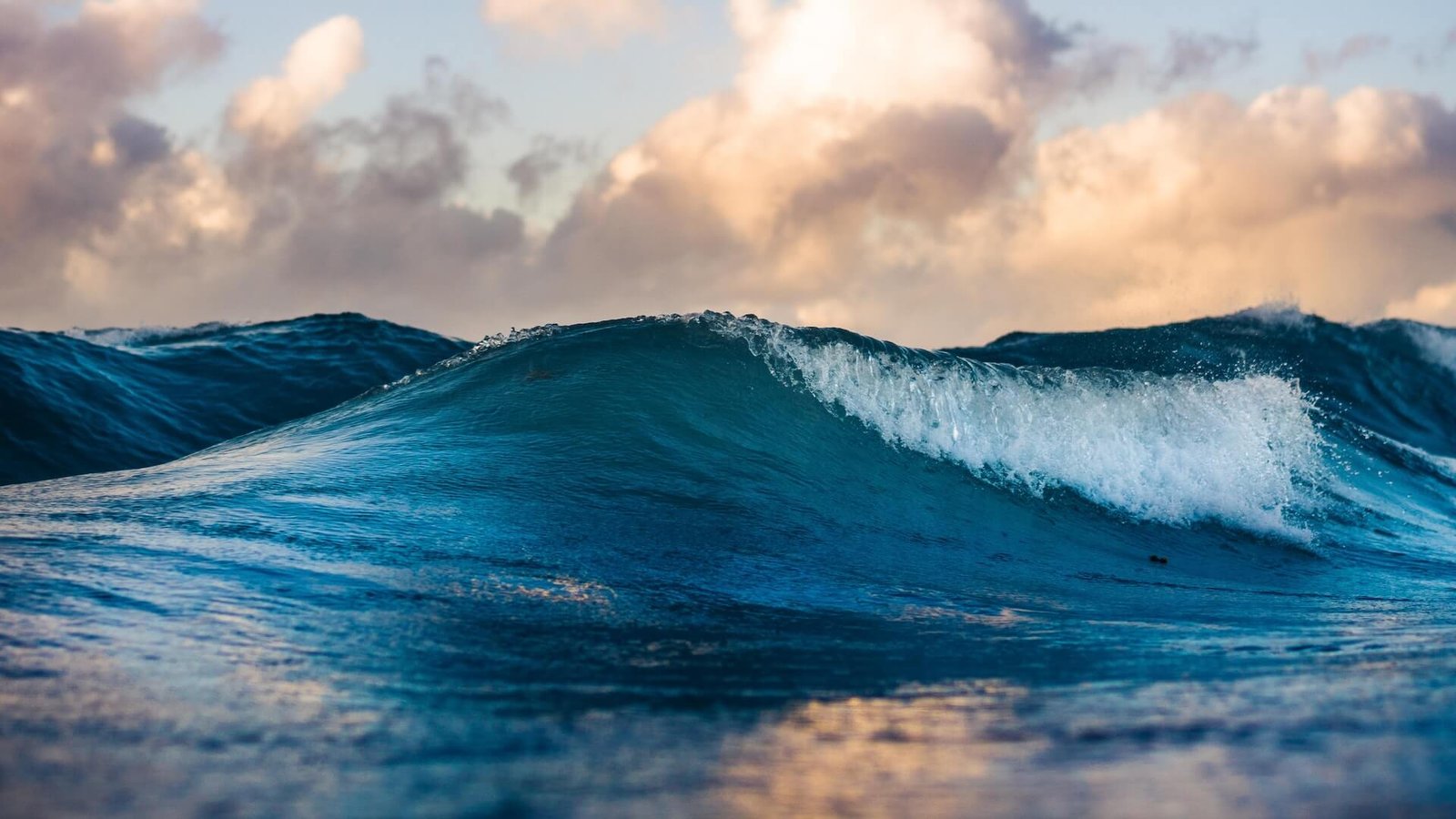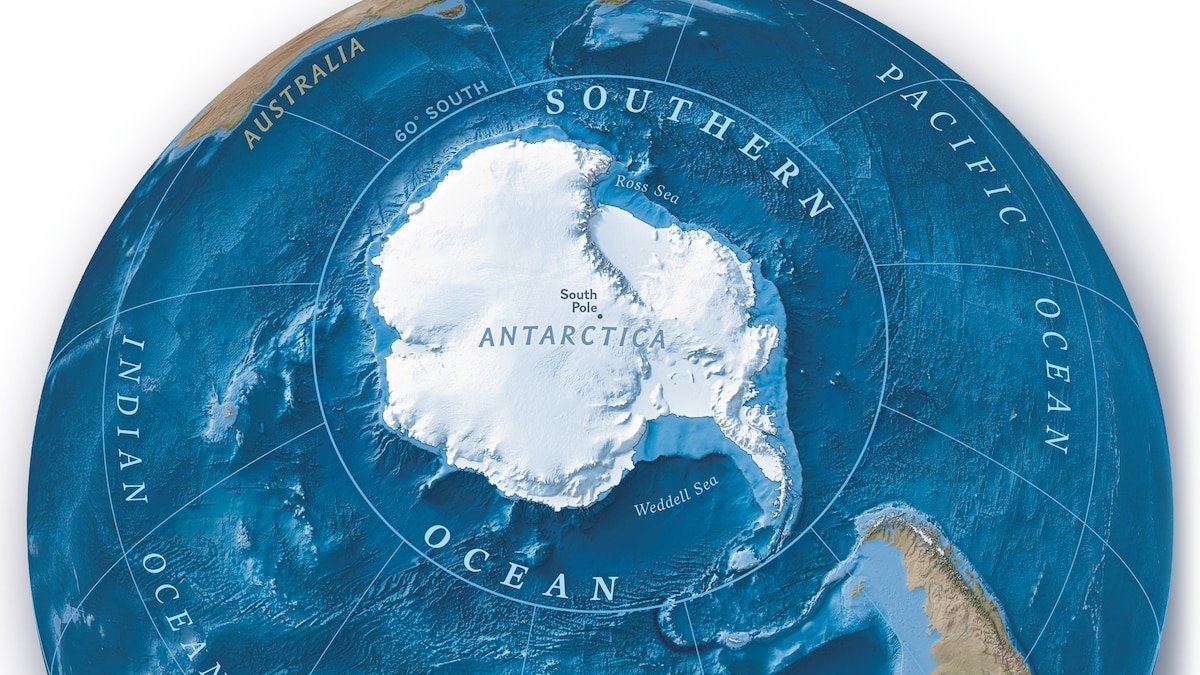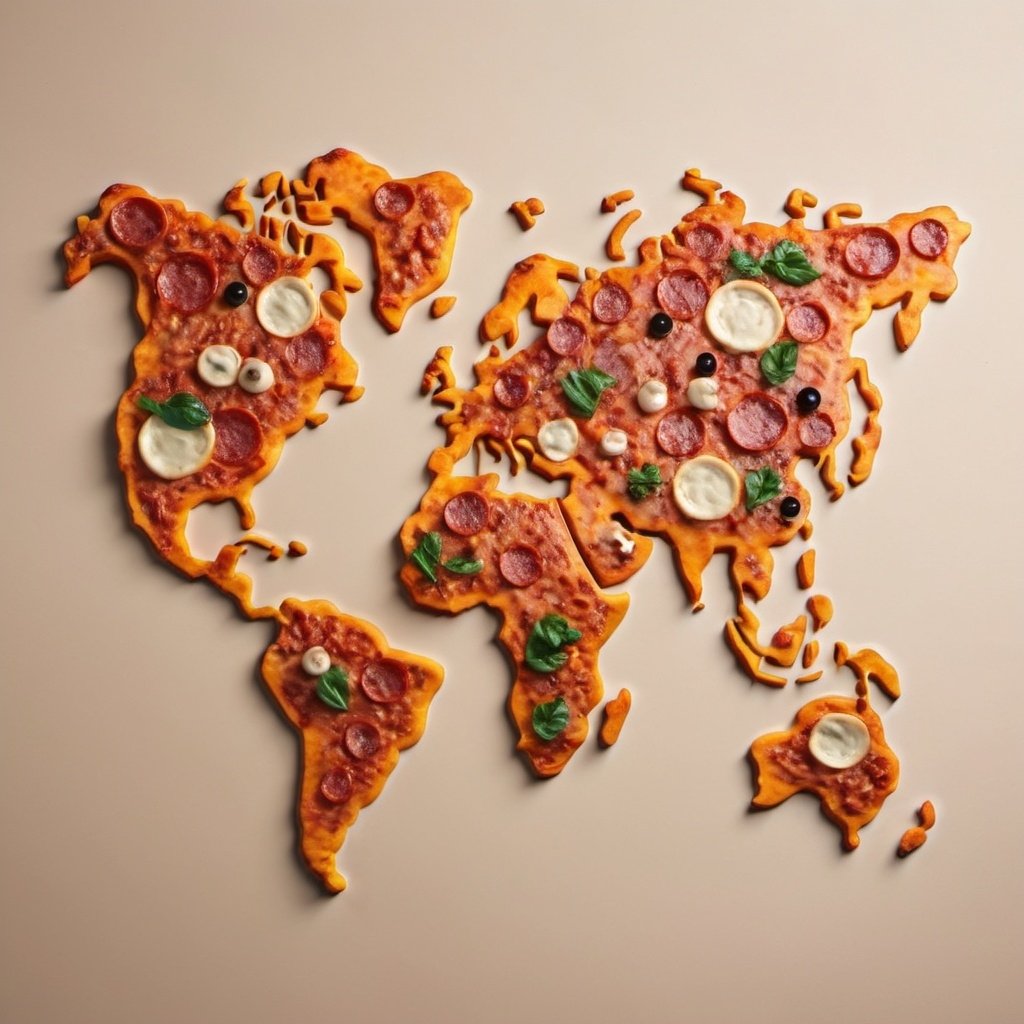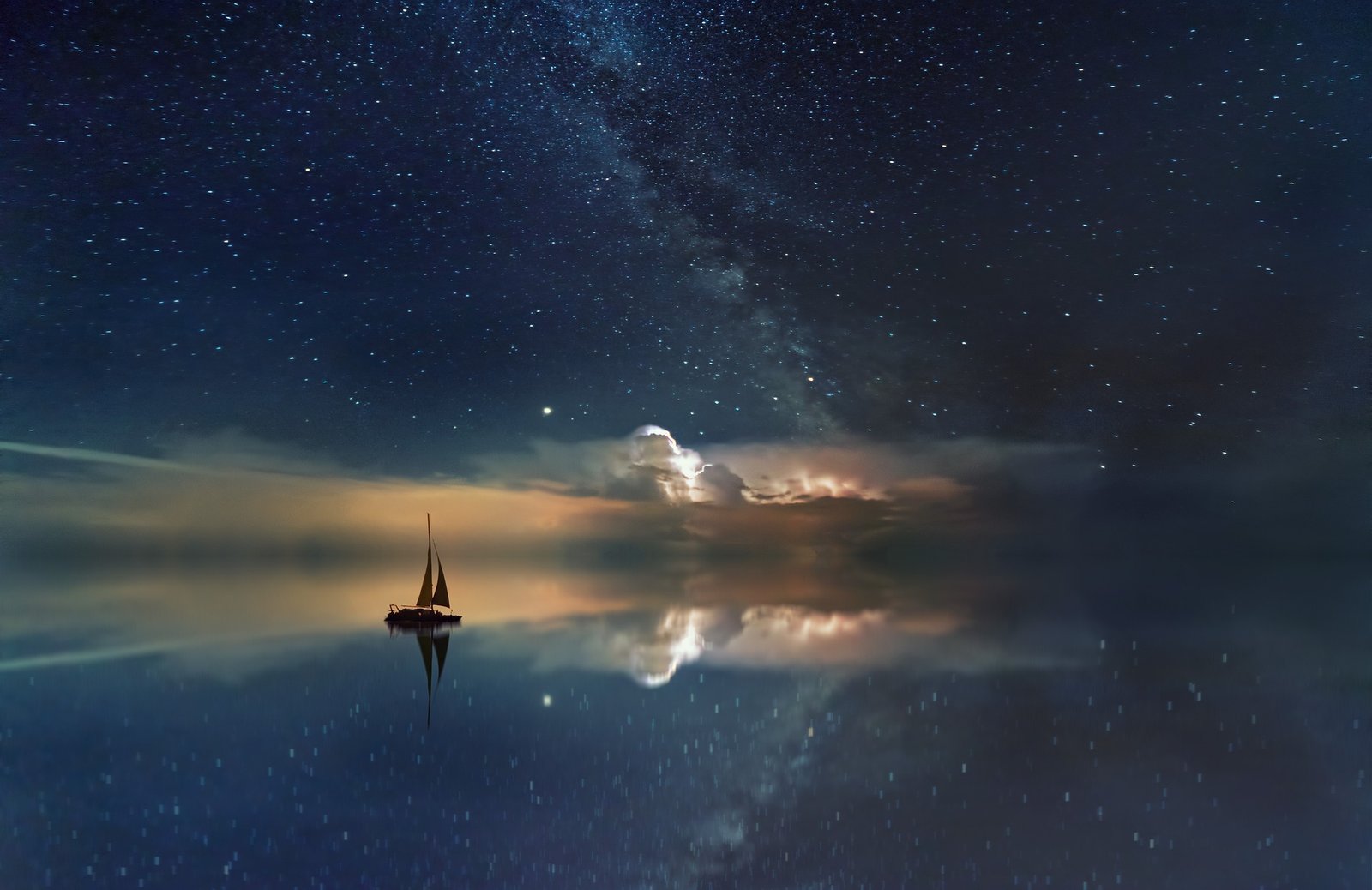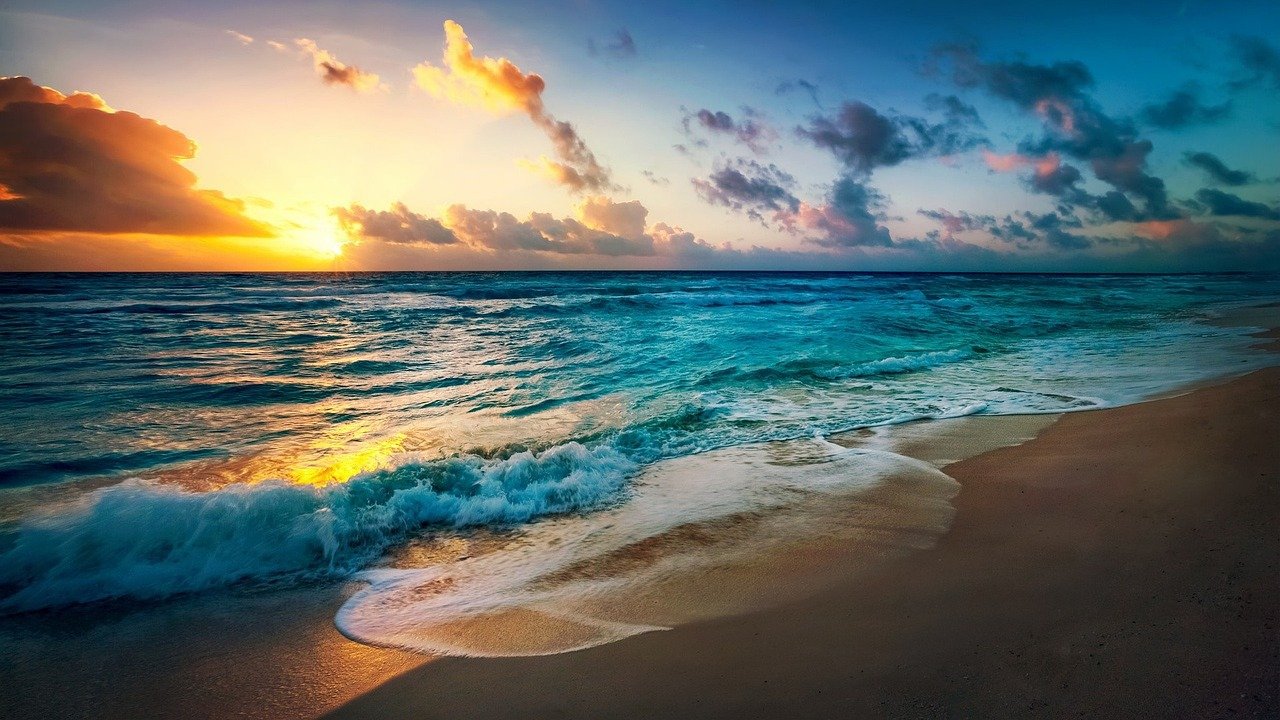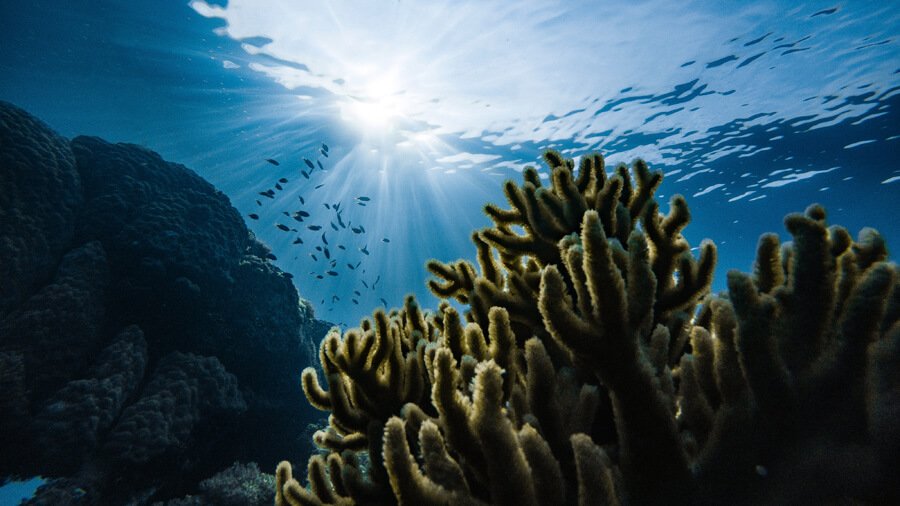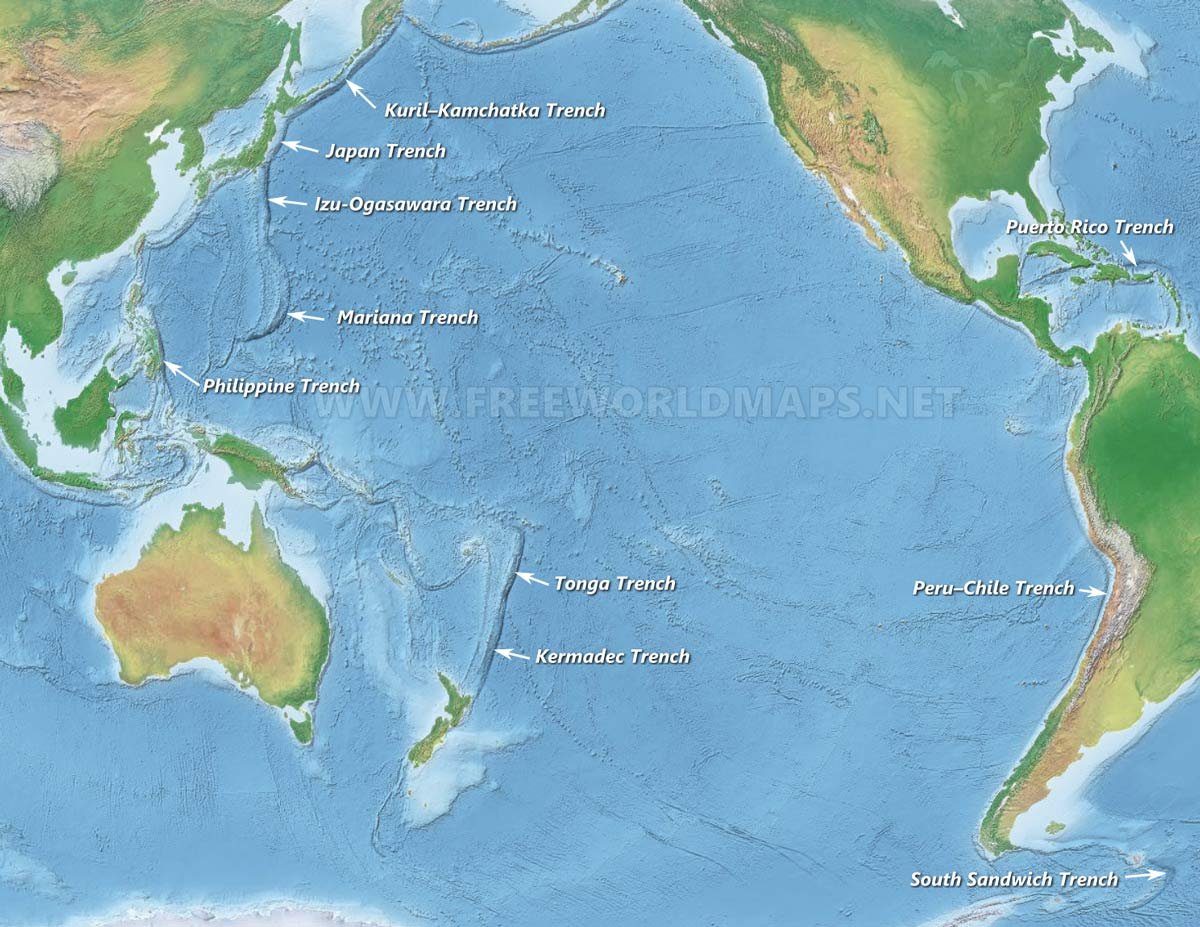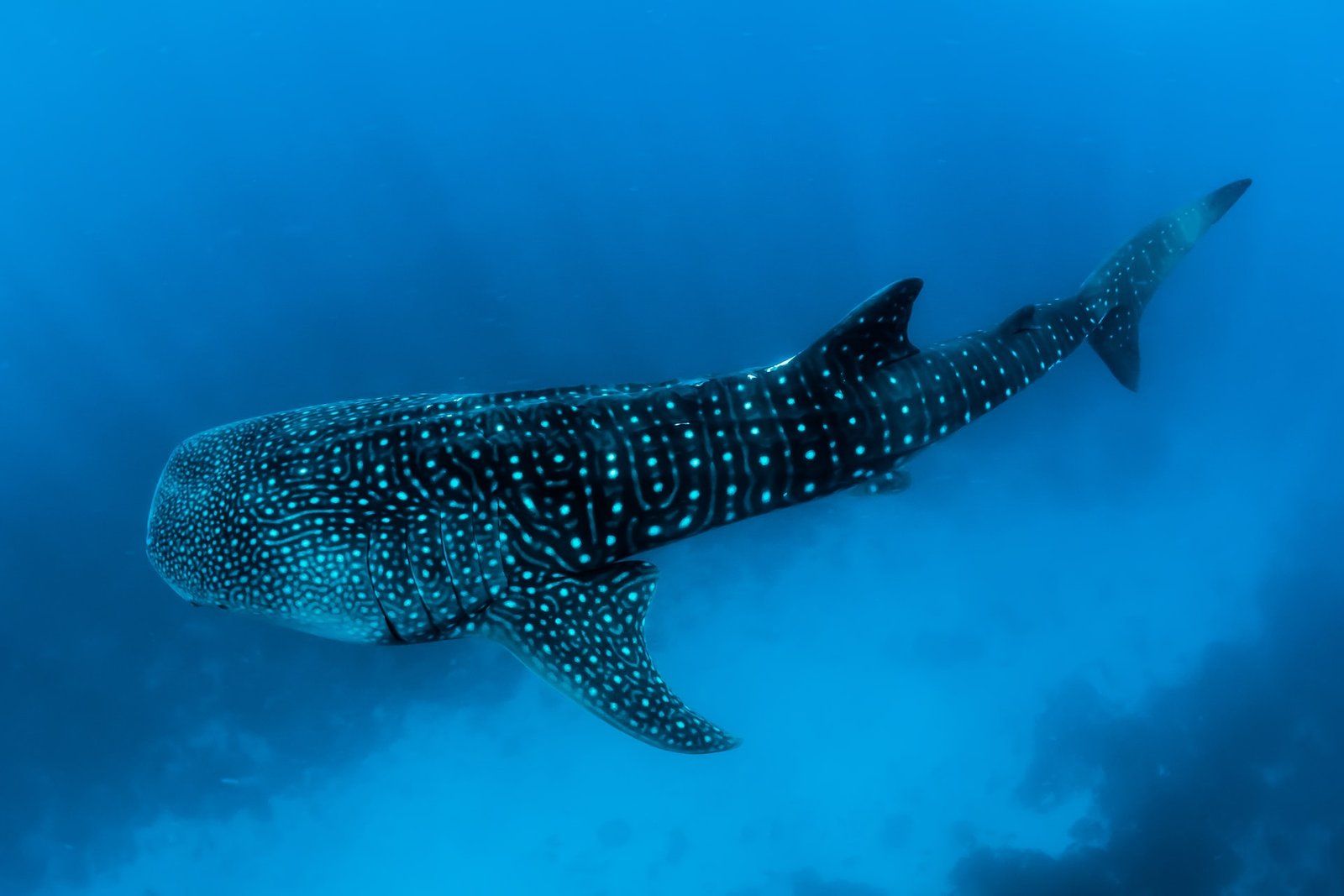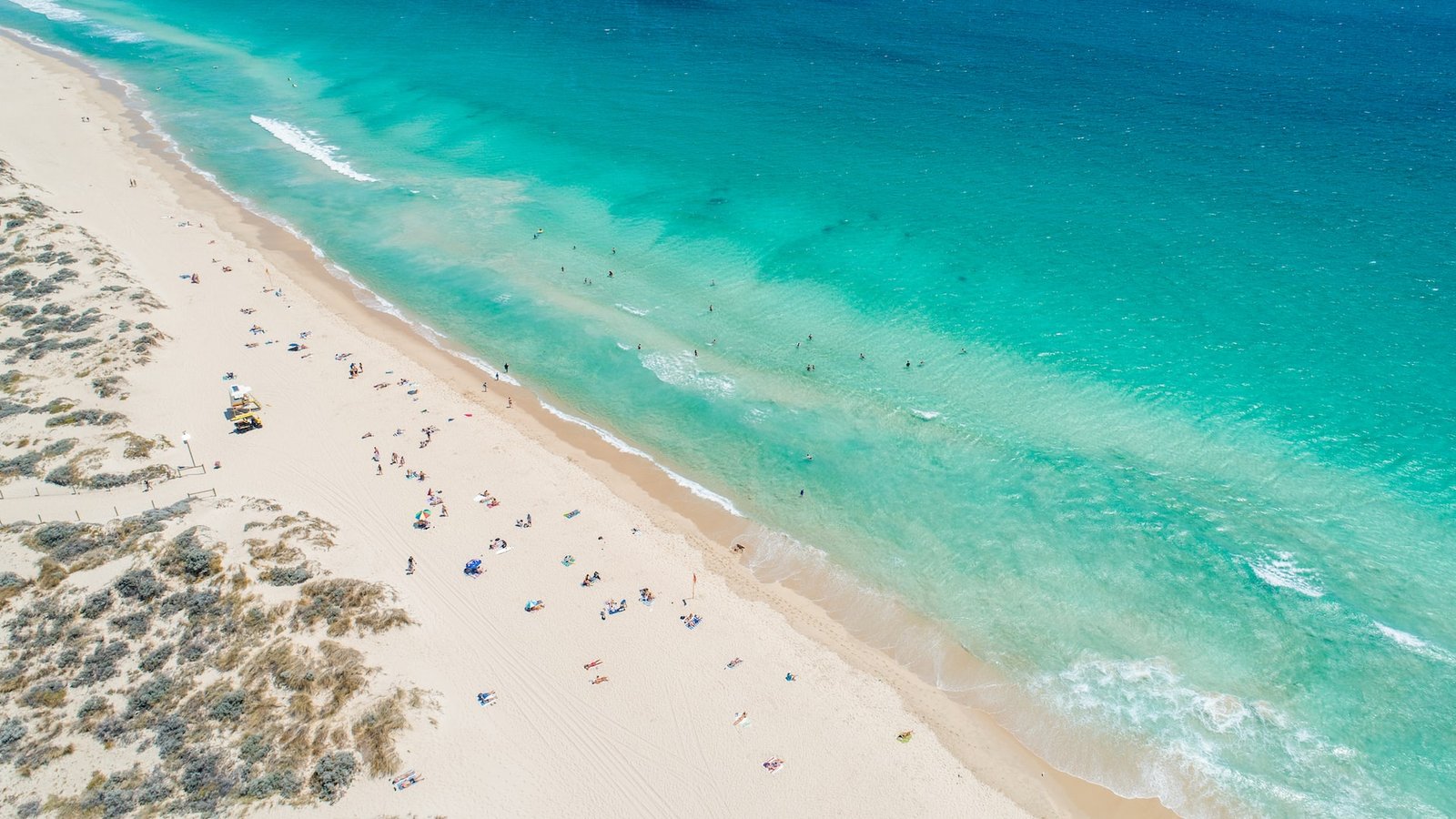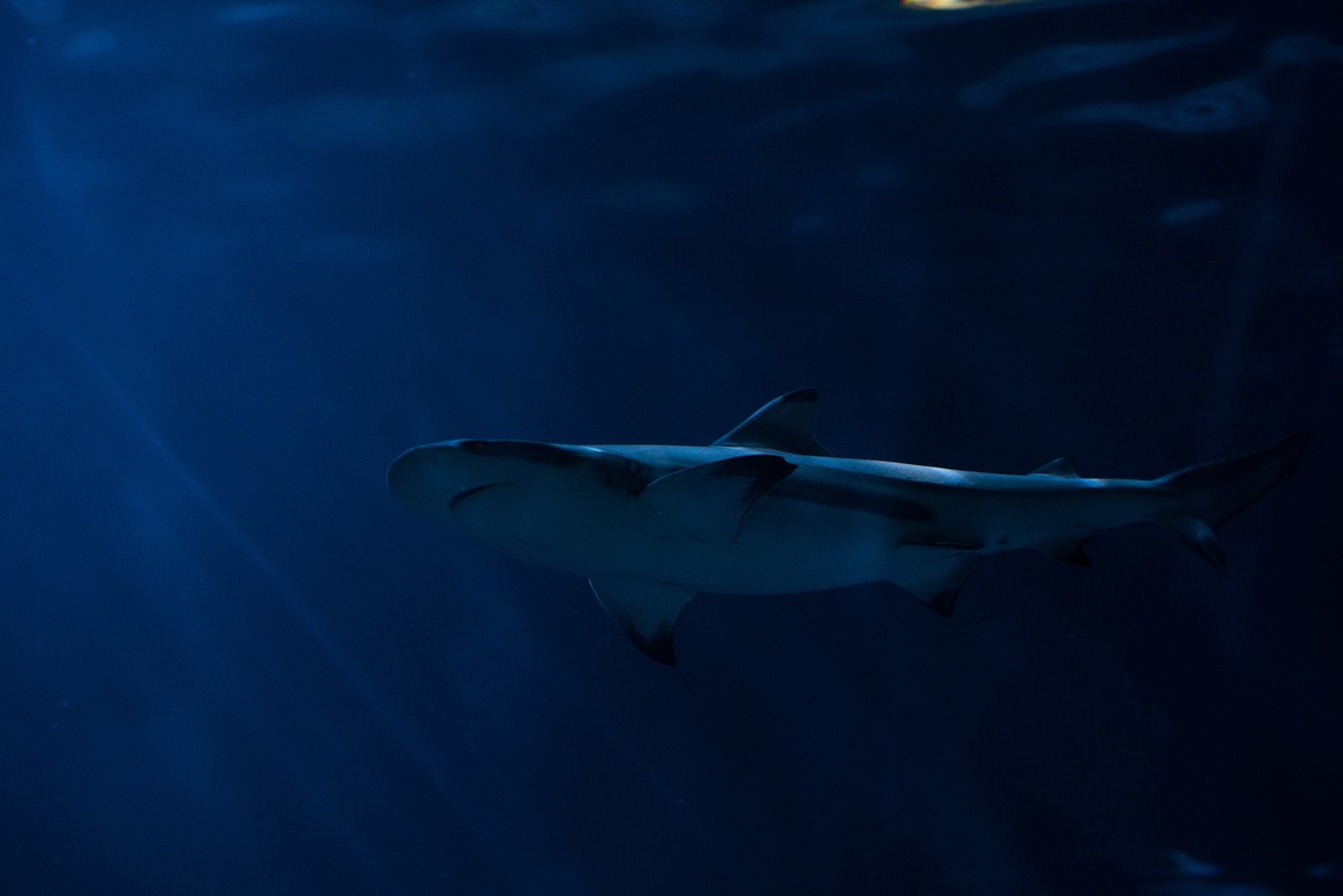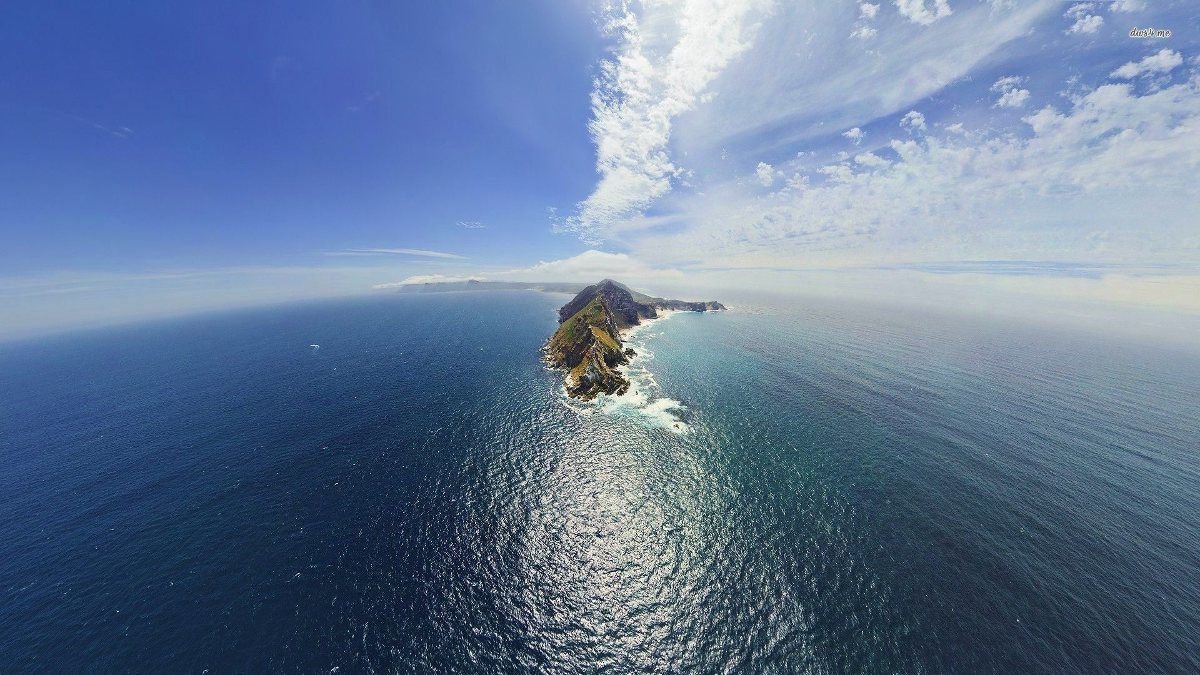1. Pacific Ocean
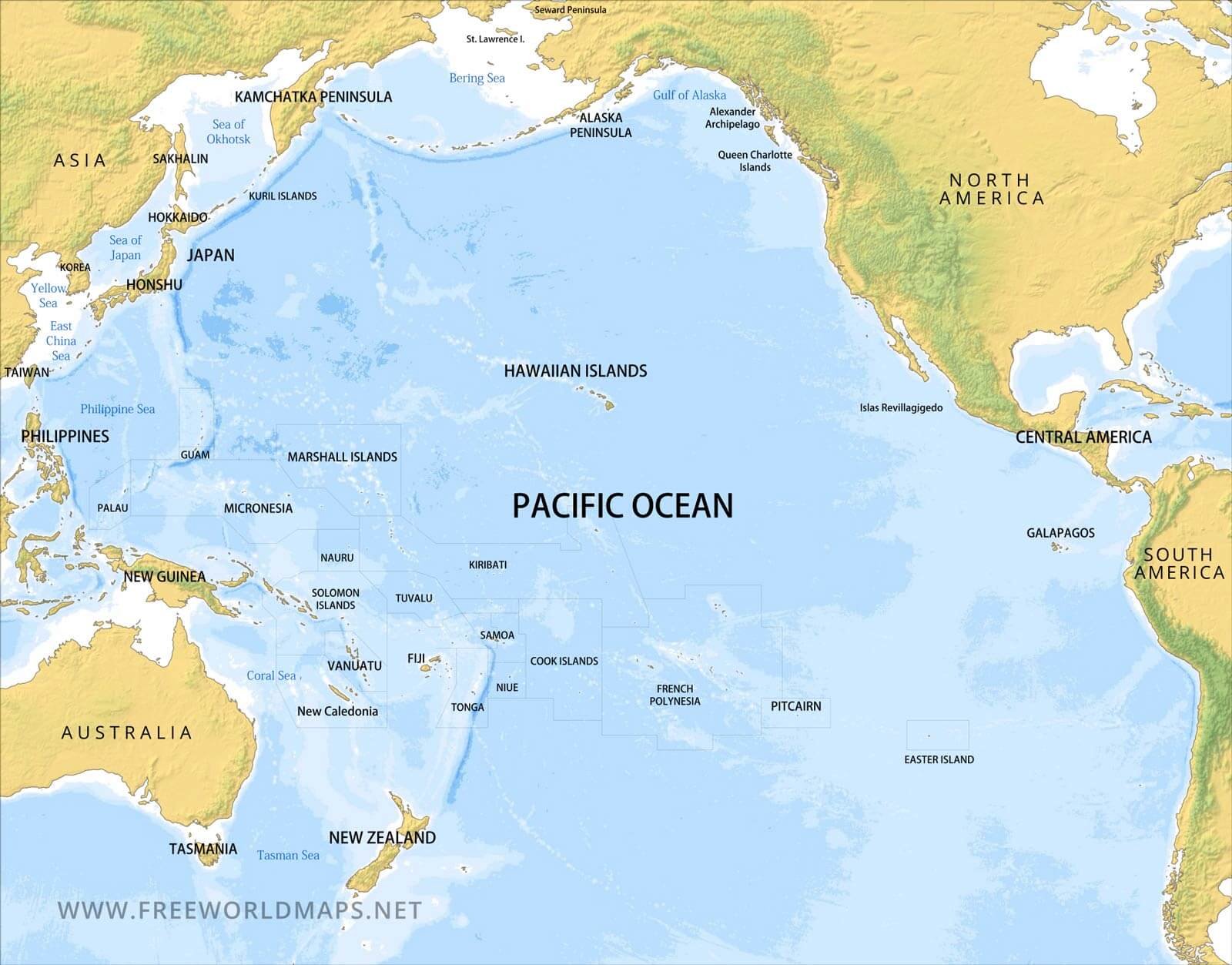
Area: 63,800,000 square miles (165,250,000 square kilometers)
The largest body of water in the planet is the Pacific Ocean.
The Pacific Ocean is the largest and deepest of Earth’s five oceans. It is the largest ocean in the world, making up around 28% of the world’s surface area.
It is bordered by the continents of Asia and Australia in the west and the Americas in the east and stretches from the Arctic Ocean in the north to the Southern Ocean (or, depending on definition, to Antarctica) in the south.
The Marianas Trench, the deepest trench on earth, is located there as well. It is the deepest point in the world, reaching a depth of 10,928 meters (35,853 feet). If Mount Everest were hypothetically placed into the trench at this point, its peak would still be underwater by more than 2 kilometers (1.2 mi).
Ferdinand Magellan, an adventurer, gave the ocean its name. He used the word “pacific” to denote a “calm sea.” The Ring of Fire, a chain of 450 volcanoes in the shape of an u, is located in the Pacific Ocean. They extend from South America all the way down through New Zealand, along the coast of Japan, and the western United States.
2. Atlantic Ocean

Area: 41,105,000 square miles (106,460,000 square kilometers)
The Atlantic Ocean is the world’s second-largest ocean, after the Pacific Ocean. The ocean is thought to have formed during the Jurassic Period and covers approximately 20% of the Earth’s surface. It also has access to the Pacific Ocean, Arctic Ocean, Indian Ocean, and Southern Ocean. The equator divides the ocean into two sections, the Northern and Southern Atlantic. The Atlantic Ocean is home to the Sargasso sea, Caribbean sea, and the Mediterranean Sea.
The ocean is home to a diverse range of sea life, including turtles and dolphins, as well as creatures that live more than 3,000 feet below the surface. Greenland, the world’s largest island, is interestingly located between the Atlantic and Arctic Oceans.
3. Indian Ocean

Area: 27,240,000 square miles (70,560,000 square kilometers)
The Indian Ocean is the third-largest ocean in the world. This Ocean covers around one-fifth of the Earth’s surface and is home to numerous tropical islands. Africa to the northwest, Antarctica to the south, India and Asia to the north, and Australia to the east from the ocean’s boundaries. The Arabian sea and the Laccadive Sea are included. The Indian Ocean is the world’s warmest Ocean. As a result, many types of sea life cannot survive in its warmer waters. Indian Ocean is home to some of the world’s most important ports, including Port of Colombo, (Sri Lanka), Port of Djibouti, Djibouti, and Mumbai (India)
4. Antarctic Ocean (Southern Ocean)
Area: 7,849,000 square miles (20,328,816 square kilometers)
The Southern Ocean, also known as the Antarctic Ocean, is the world’s fourth largest ocean. Scientists are constantly debating its limits. Some people have never seen the ocean. In the 1770s, James Cook famously filed around the Southern Ocean, proving that one could circle the southern latitudes in its waters. The ocean’s deepest point is 24,390 feet (7,434 meters). Its ecosystem has been rapidly changing in recent years as a result of climate change. Seals, penguins, and orcas can be found in the waters.
5. Arctic Ocean
Area: 5,427,000 square miles (14,055,865 square kilometers)
The Arctic Ocean is the smallest and shallowest ocean on the planet. It contains the North Pole and is known for being the coldest of all oceans with the lowest salinity. In this Ocean, sealife is much more difficult to see than in other oceans. Researchers must dive through the ice into the deep ocean. The ocean is usually covered in sea ice, but it is especially during the winter months. The ocean ice cover has been shrinking year after year since records began in 1979. Scientists are constantly investigating the effects of this shrinkage and what can be done to reverse the process.

